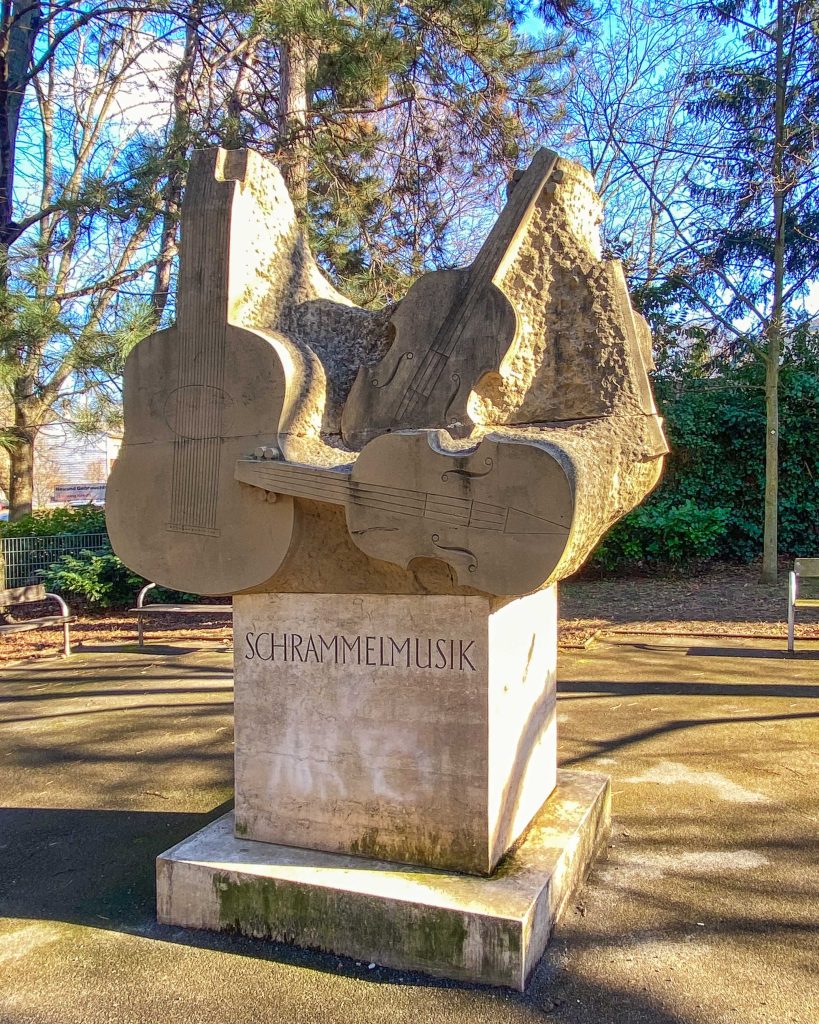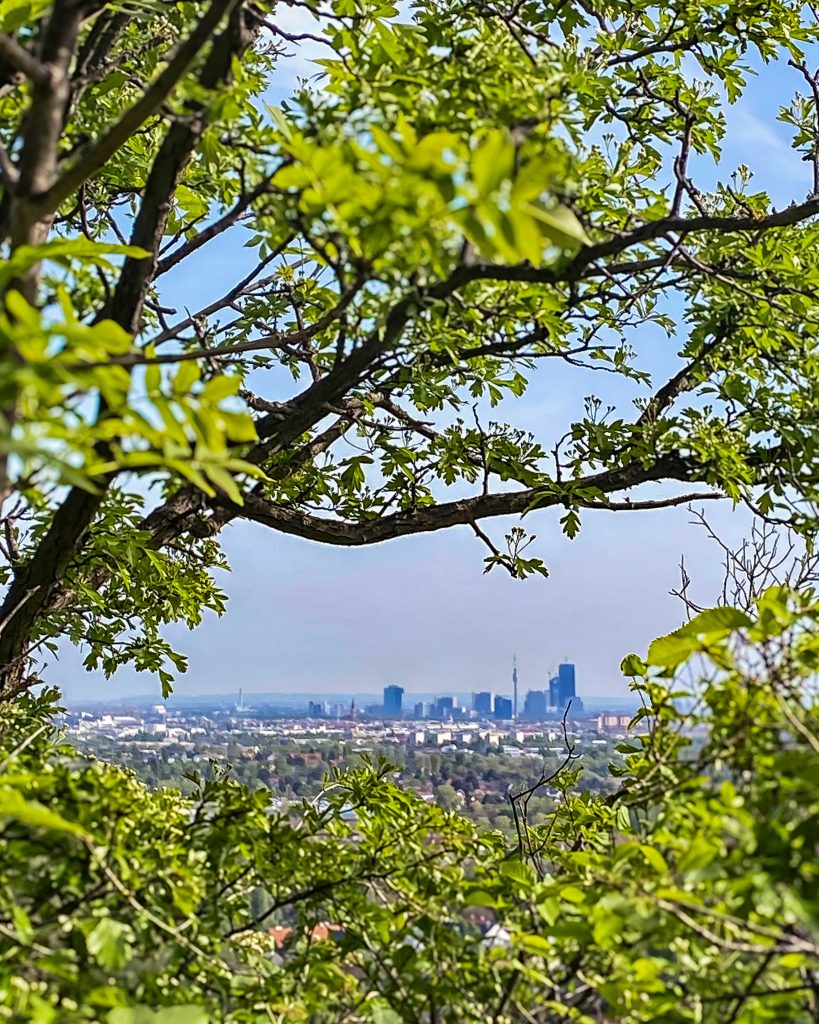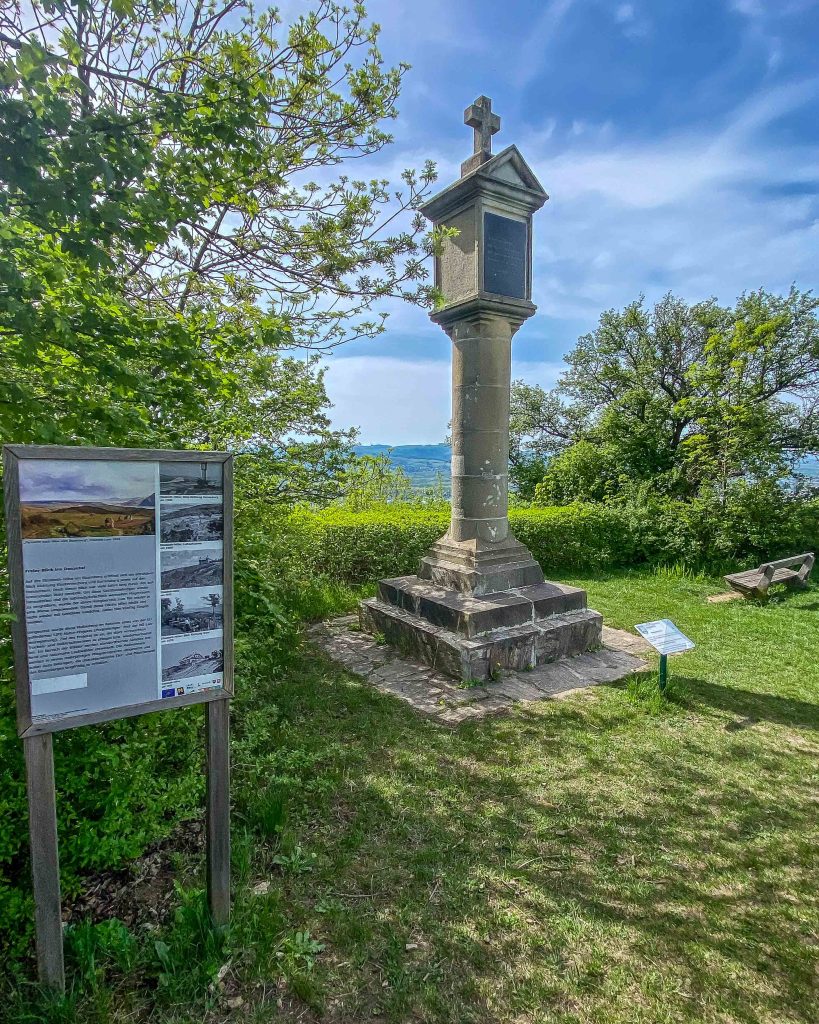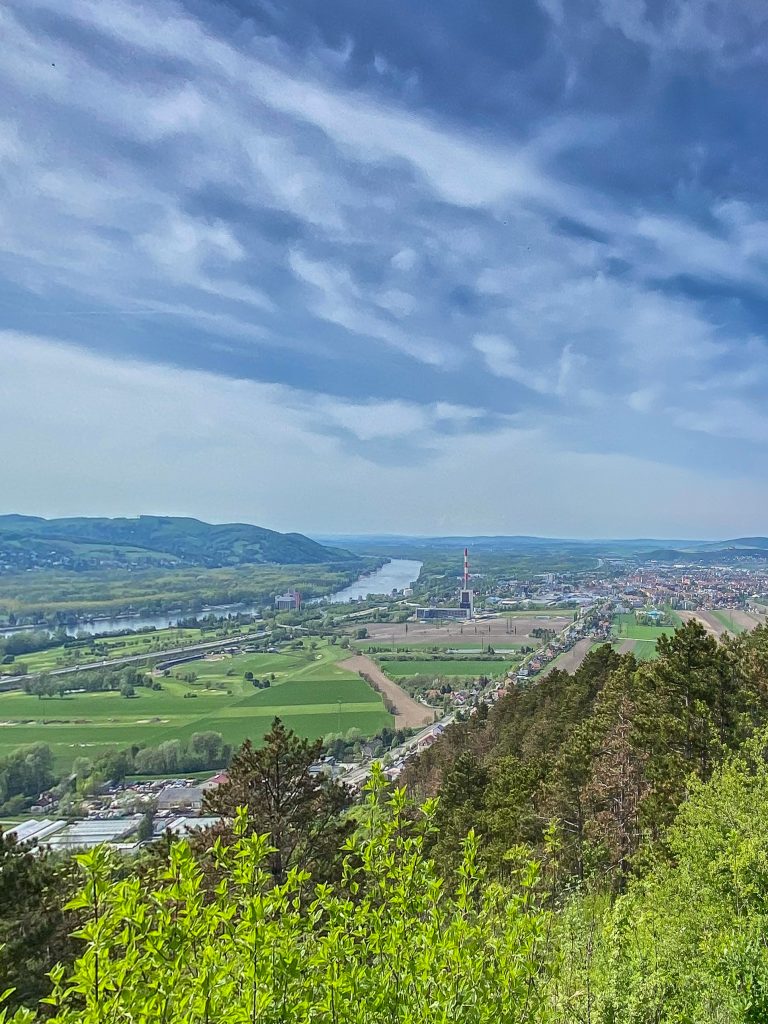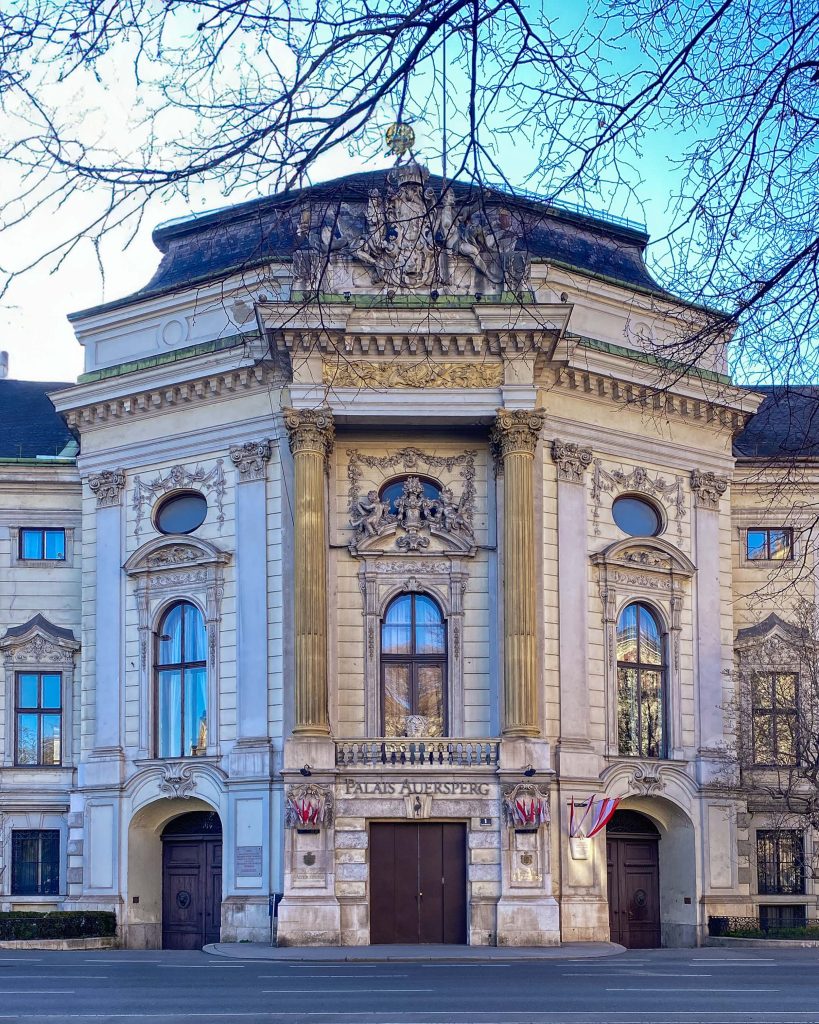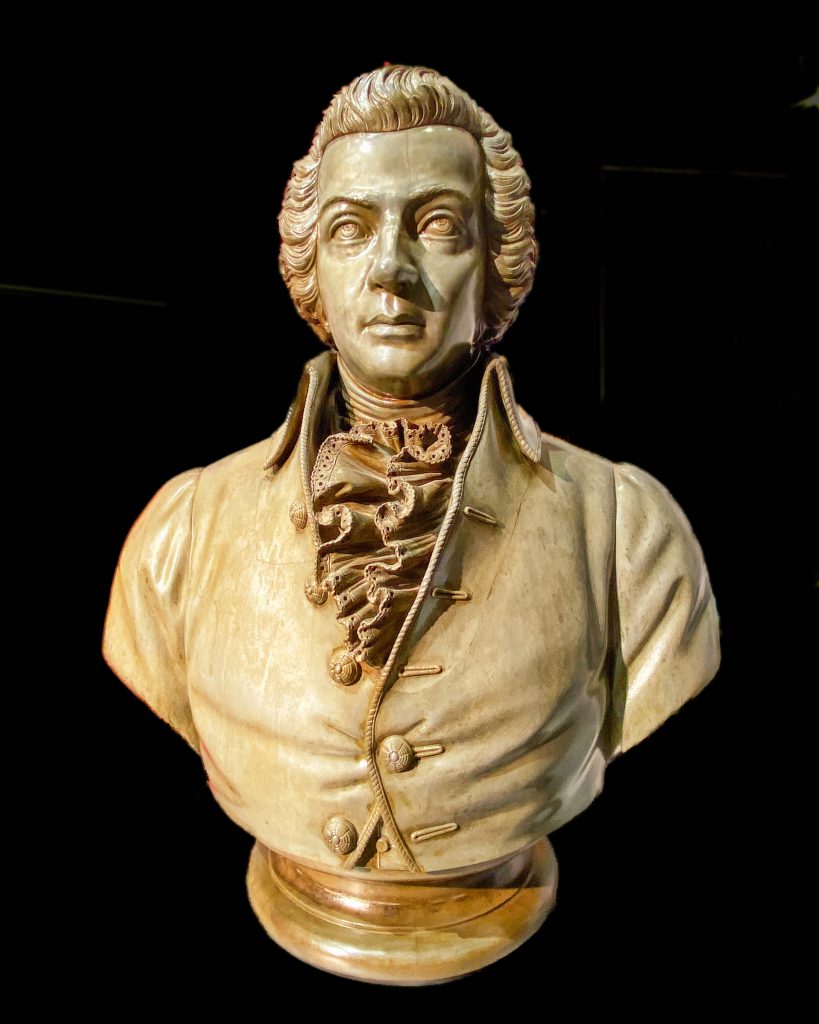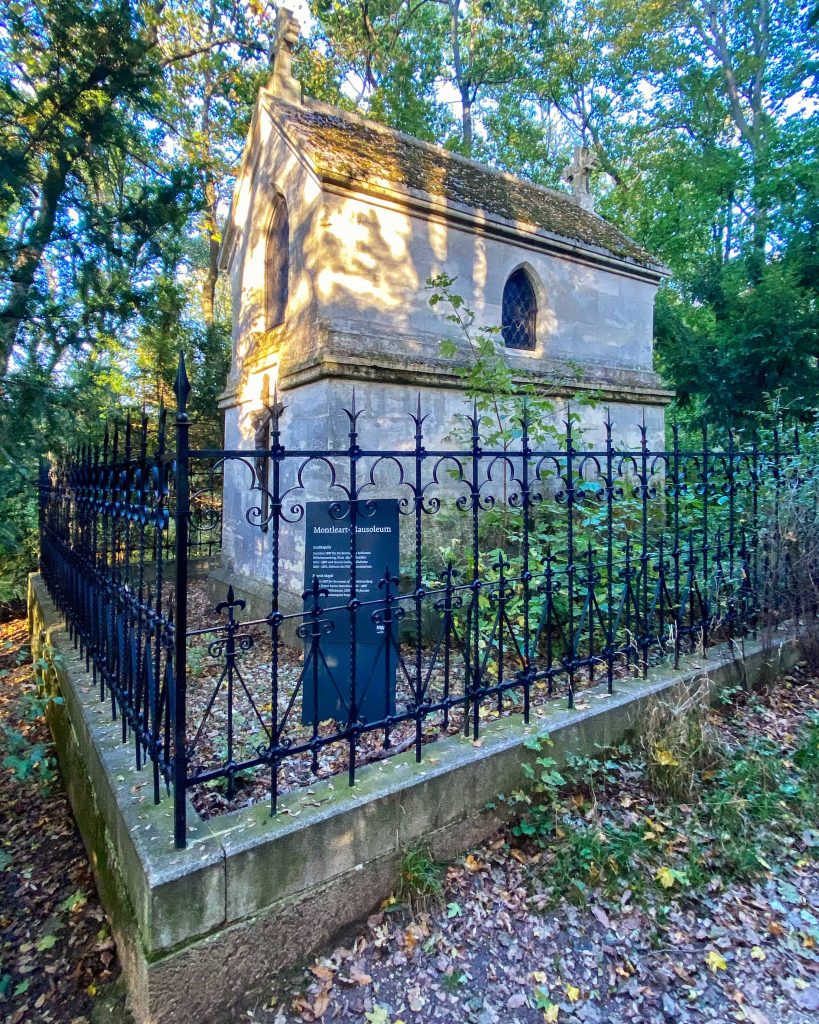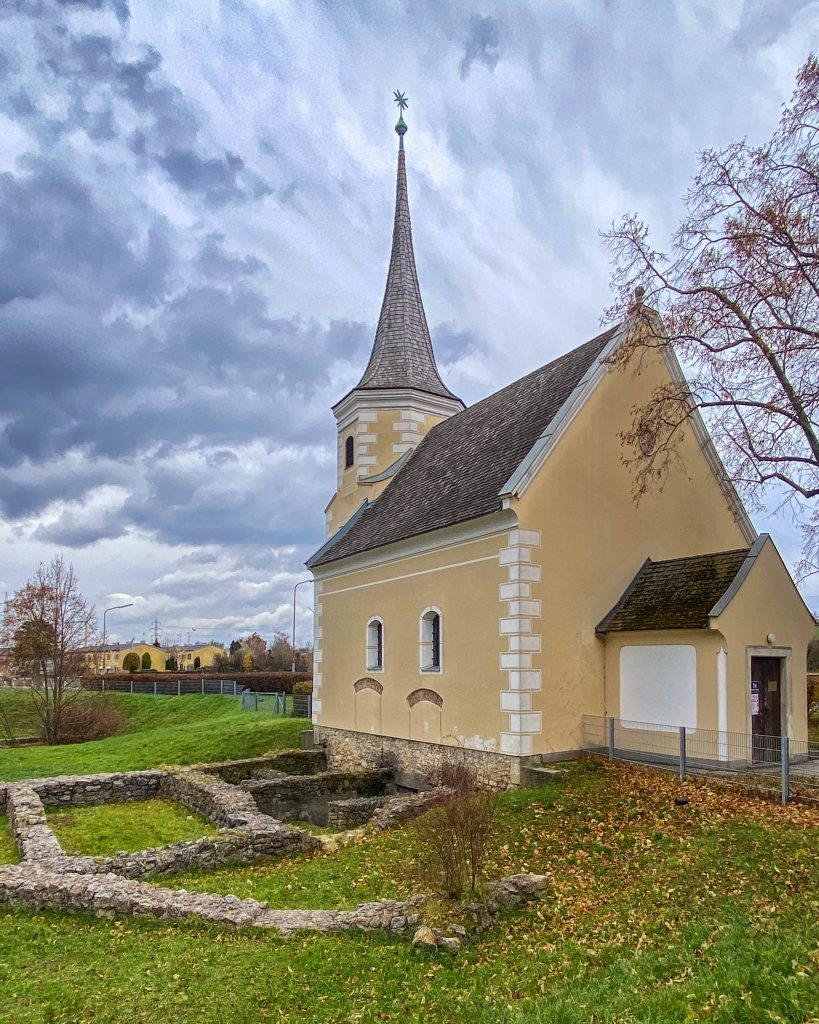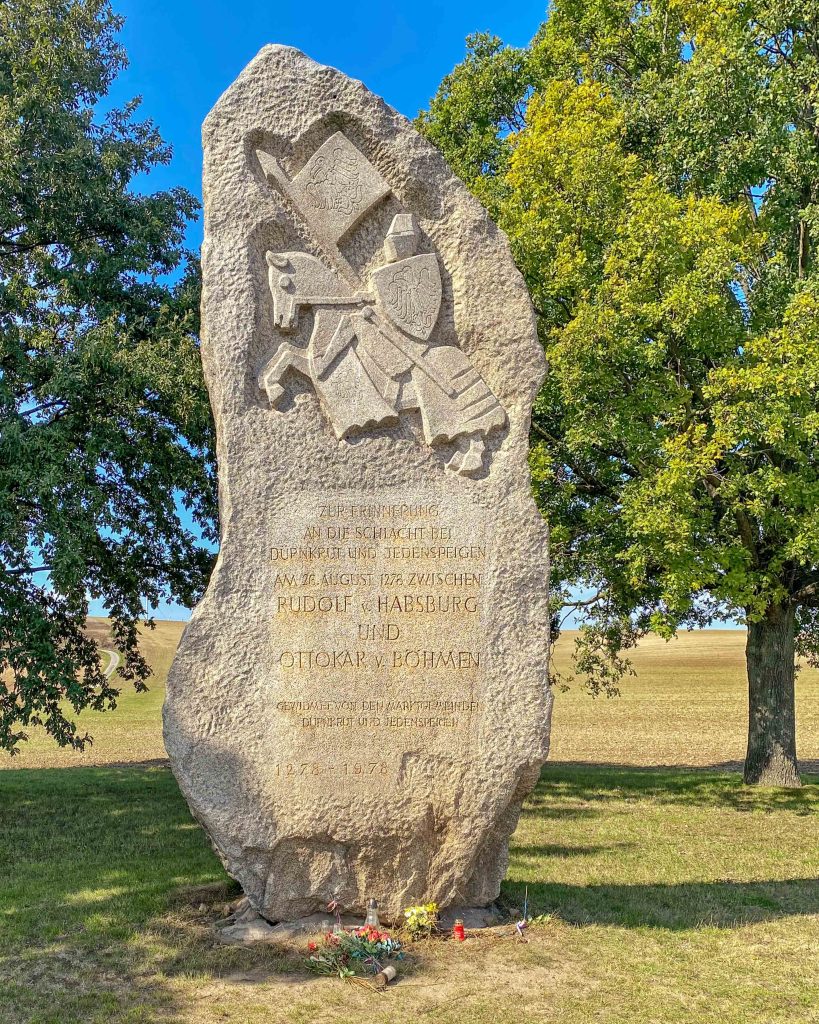Wittgenstein House
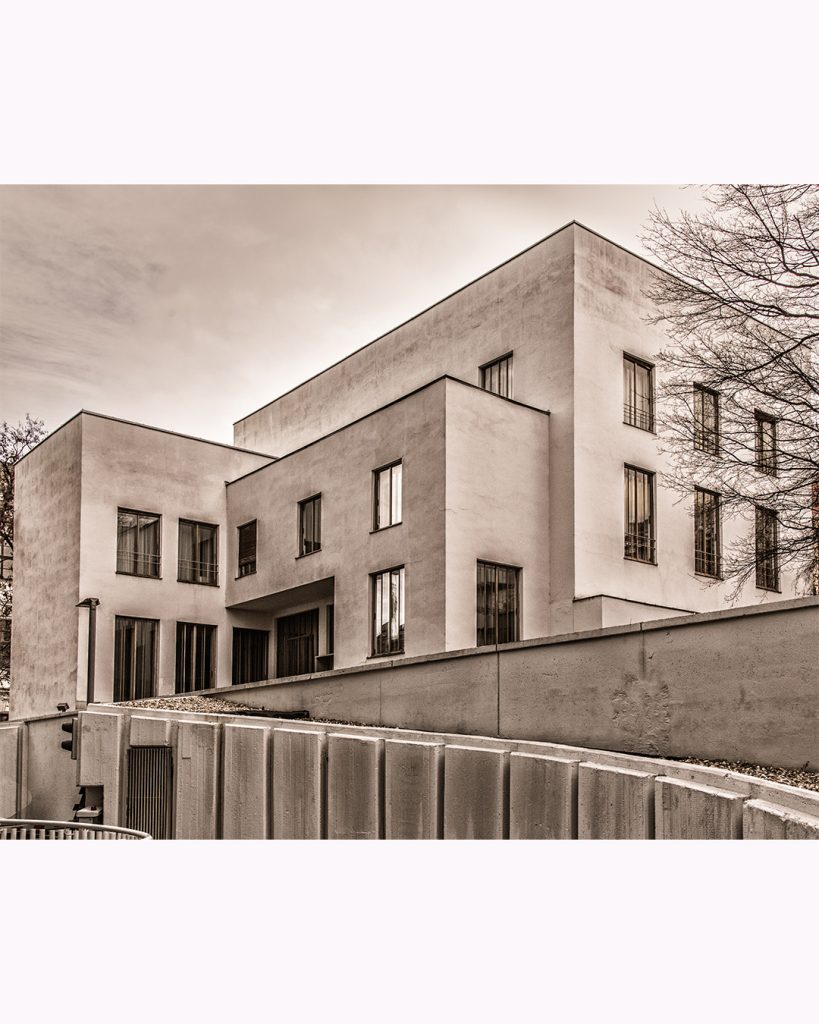
The Wittgenstein House, built according to plans by Paul Engelmann and Ludwig Wittgenstein, was commissioned by Ludwig’s sister Margaret Stonborough-Wittgenstein and completed in 1928. It has been home to the Bulgarian Cultural Institute since 1975.
Although the villa is now quite dilapidated and the surrounding garden has been significantly reduced in size, the detached, purist building, constructed from cubic blocks, remains fascinating to this day.
The radically functionalist design, the conflict-ridden (and expensive) history of its creation for the client and her brother, and the unusual location in Kundmanngasse in the 3rd district give the building a distinctive appearance, both inside and out.
